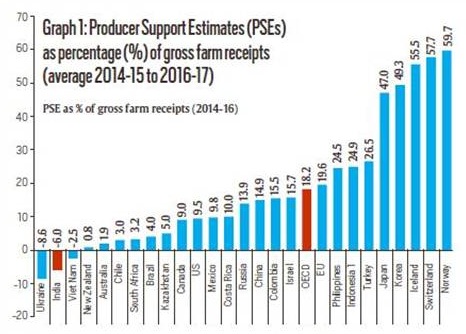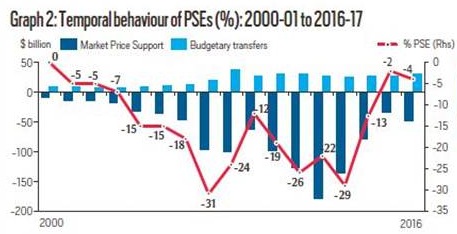900 319 0030
enquiry@shankarias.in
What is the issue?
What are the metrics that have guided India’s agricultural policies?
How has India’s agricultural policies fared in the past 2 decades?
Producer Support Estimates (PSE)


What needs to be done?
Source: Indian Express